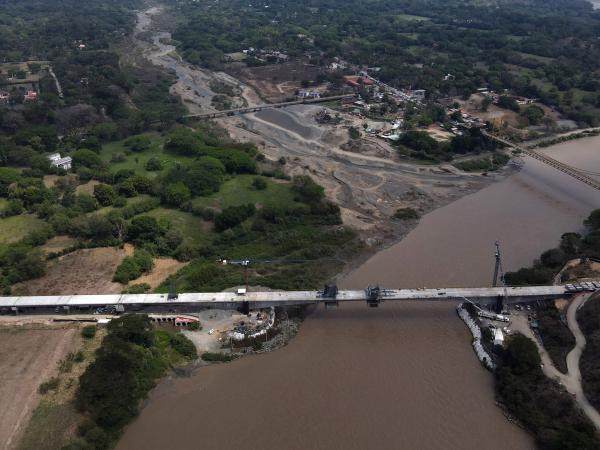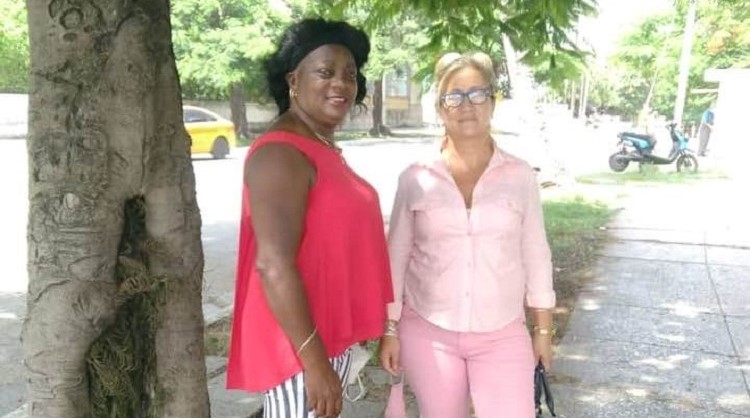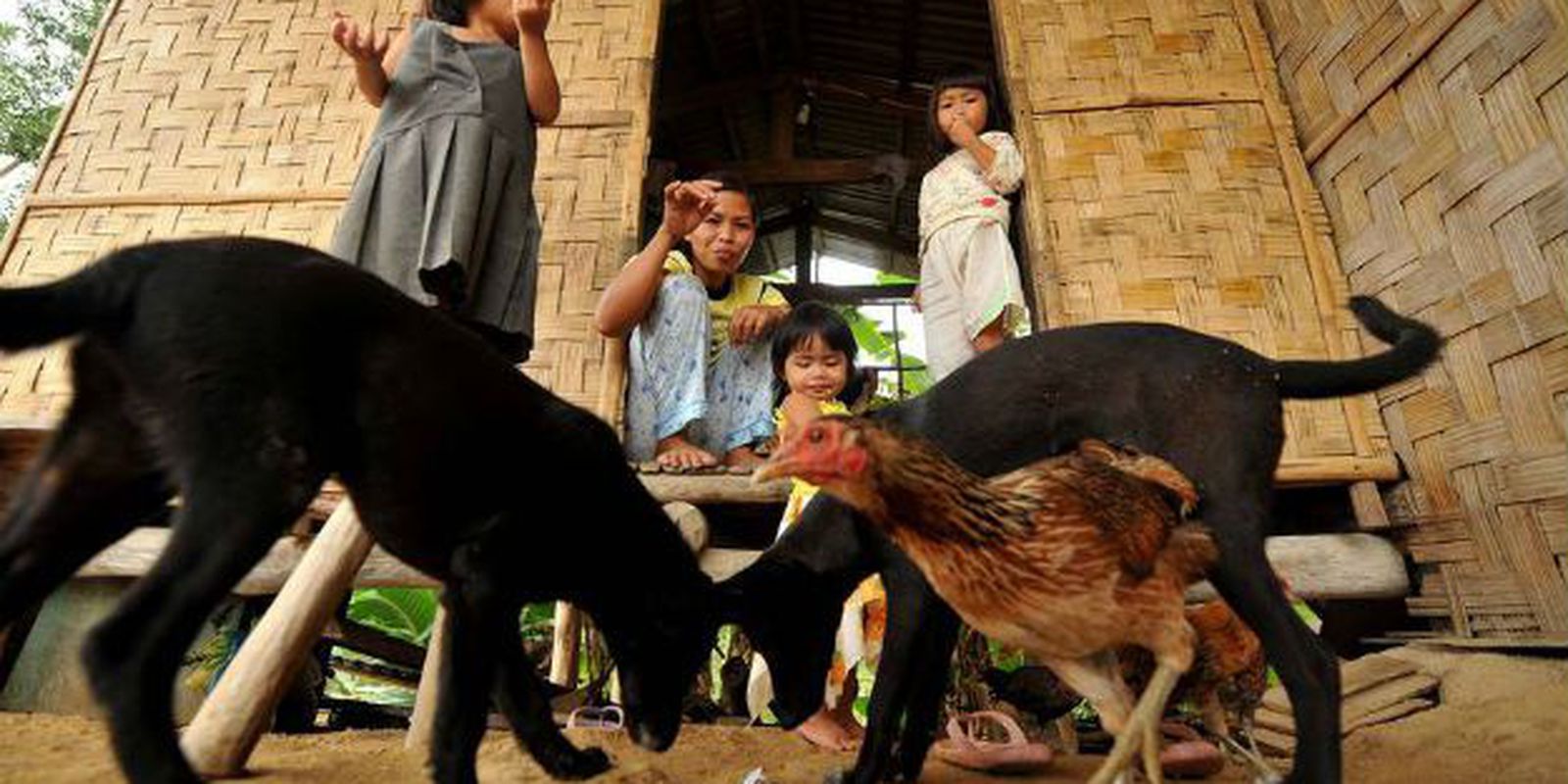Transportation is the backbone of the economy. through him, products, services and people can travel the planet.
In recent years, the National Government has become more aware of its importance, therefore, the resources invested in air, port and road infrastructure, each time they are thought of modernizing and connecting the country from end to end.
(See: Diversity and more keys to the energy transition in the country).
In road infrastructure, one of the emblematic projects are the Fourth Generation roads (since the government of Juan Manuel Santos), of which 10 of 29 have been delivered. The percentage of progress of the program as of May 30, 2022 is 66.14%. In the government of Iván Duque, the former Minister of Transport Ángela María Orozco assured that eight more projects will be delivered by December.
With these projects, the following have been connected: Honda – Puerto Salgar – Girardot, Puerta de Hierro – Palmar de Varela and Carreto – Cruz del Viso, the Pacific Connection Highway 2, Cartagena – Barranquilla and Circunvalar de la Prosperidad, the Traversal del Sisga, IP -Vías del Nus, Autopista Mar 1, IP – Neiva – Girardot, Autopista Conexión Norte and Chirajara – Fundadores.
(See: EU works to include the country in an infrastructure investment plan).
On the other hand, the nation also has invested resources and efforts in the 5G road project or Bicentennial Concessions program through the National Infrastructure Agency (ANI).
This project is divided into two types of works: the first comprises 14 multimodal projects, among which there are road, airport, river and rail, which have an investment of $21.79 billion. Currently, the Nation has awarded the projects of the new Valle del Cauca Road Network: Cali – Palmira Accesses, South ALO, North Accesses 2, Troncal del Magdalena 1 (former Ruta del Sol 2), Puerto Salgar-Barrancabermeja, Troncal del Magdalena 2 (Sabana de Torres-Curumaní), and, finally, we have the Buga-Buenaventura road.
On river projects there is the Canal del Dique and Magdalena river app.
(See: Regiotram de Occidente: the photos of the trains of this project).
Unfortunately, although they have tried to award the project that would provide a solution to the port of Barranquilla, no bidders were submitted, for this reason, the Government has been in charge of the regular dredger and plans to buy its own dredgers to carry out the work. In the case of the Canal del Dique, the Government currently changed the award date for the project to September 27 and is evaluating the feasibility of the project together with the communities.
However, Although this wave of projects are relevant in the interconnection of the country, the tertiary roads, that is to say, village and rural roads, have had less resources and space in government plans.
Colombia currently has 140,000 km of tertiary roads, of which only 10% is in good condition. The annual investment in these roads was, According to figures from the Ministry of Transportation of $100,000 million annually, and in the last government $5.6 billion was invested, but only 3% of the total has been impacted.
And it is essential to be able to improve the tertiary roads, because it is through these that the peasantry brings its products to the collection centers.
But intervening all the ways could be too much time and money for the country. For Jorge Espejo, specialist in infrastructure “It can be estimated that the investment that would have to be made so that all the kms -of tertiary roads- are improved is between $600 and $1,100 million/km, depending on the type of intervention, then taking an average of $850 million/km, the figure that must be managed is of the order of US$38,000 million, of course it is an enormous challenge and it would not be possible to do it in a presidential term”, said the expert.
(See: Colombia is one of the most advanced countries in hydrogen).
Continuing along the multimodal line, it must be recognized that the government over the years has not only not put tertiary roads on its list of priorities, the railway component has been left aside, so much so that to date half of the national network is inactive.
Currently, Colombia has a railway network made up of 3,533 kilometers (km), of which about 50% is inactive, according to the Ministry of Transport, “considering the existence of many disconnected sections and the unavailability of potential demand for railway goods in some areas.”
It is of vital importance to put the magnifying glass on these roads, to potentiate the economy as President Gustavo Petro has proposed, since products such as coal, steel and cement move on the rails.
On the contrary, a success story has been the air component. To date and during 20202, maintenance and modernization works have been carried out throughout the country.
These works for the airlines, facilitate and help their work. Avianca, Wingo and Ultra Air airlines They agree that special attention should be paid especially to El Dorado Airport due to its importance of connection.
“The country has a goal of transporting 100 million passengers in 2030. In order to achieve this goal, it is necessary to deal with different fronts associated with airport infrastructureWingo noted.
For its part, Avianca said: “This terminal mainly requires strengthening and optimizing the use of the airlift; and specify the capacity study to understand its real capacity and address the recommendations that arise from the study”.
BRIEFCASE








